Sighişoara's Medieval Citadel, Transylvania
I'd previously seen Sighişoara on TV, and it's one old town that looks just as perfect in real life as it does on screen. The citadel is smaller than it first looks, which I realised after having déjà vu in the same place 3 times in only an hour of wondering.
It's one of 7 fortified Saxon cities in Transylvania, the apparent birthplace of Vlad the Impaler and a UNESCO World Heritage Site.
Sighişoara's Clock Tower at dusk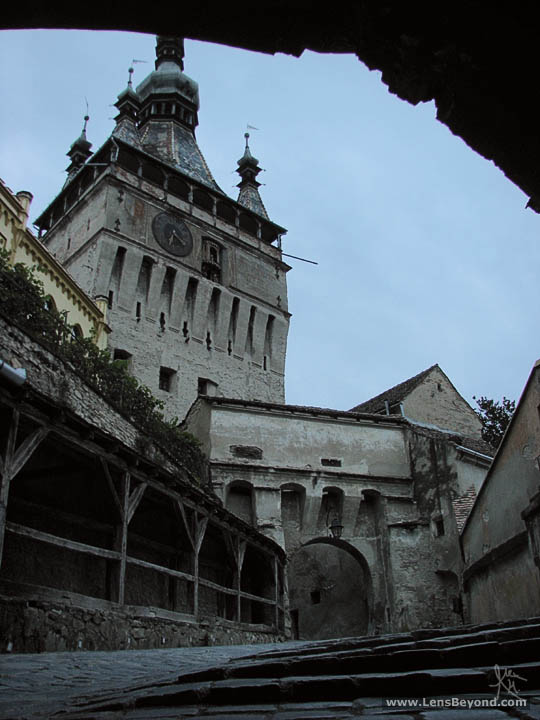 Sunset and the church on a hill that's called Church on the Hill
Sunset and the church on a hill that's called Church on the Hill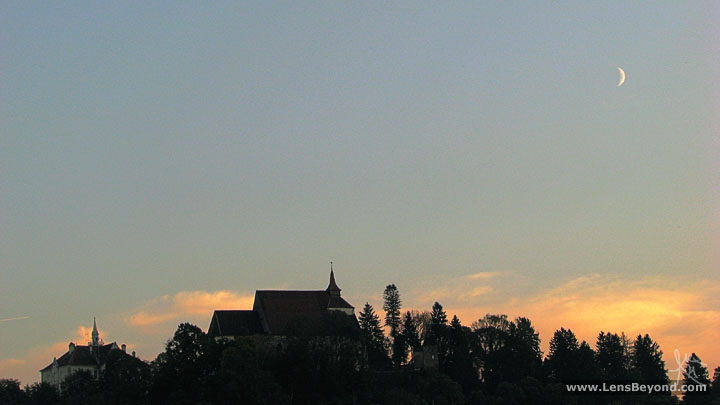 Baby browsing market stall
Baby browsing market stall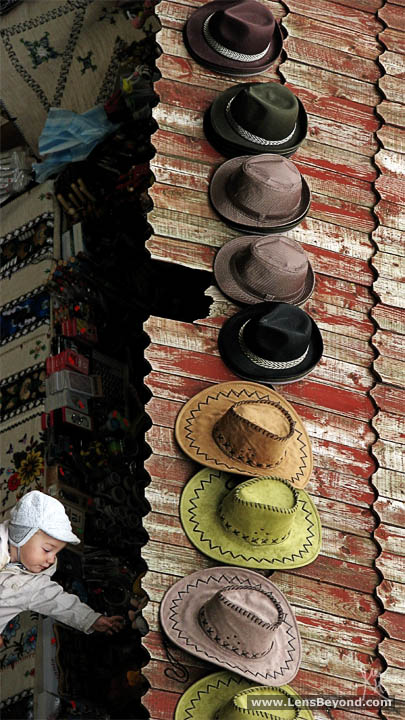
Dracula Land!
We could be lucky the citadel still exists in its current state; in 2003 proposals were rejected to turn part of Sighişoara into a Dracula Land theme park. Wrote Mr. Tamas Fejerdy in a letter to Romania's president;
"Excellency, In my capacity as Chairperson of the World Heritage Committee I would like to applaud the decision to halt the proposed development of the themepark 'Draculaland' at the World Heritage site of the 'Historic Centre of Sighişoara' (Romania)."
Phew, it's a shame so many other places have lost their souls in the pursuit of tourist dollars. Here's hoping Sighişoara remains that way - plans for Dracula Land were actually given the go ahead in 2001, when the biggest objector seemed to be Hans Bruno Fröhlich, a church pastor in Sighişoara, but even he was happy enough with a theme park;
"As pastor and a practicing Christian, I don't think the idea is good. You can build a theme park, but not one that attacks Christian values."
Consultants for the project included the operators of a Wild West theme park in Germany. There were plans to build a golf course too. Thankfully Sighişoara seems to be in a better state now than the crumbling town described in the National Geographic news article above.
Sighişoara's Towers
There were 14 towers constructed along the citadel walls, but only 9 remain. They were built by and named after the town's various guilds between the 14th and 16th centuries to protect against Turkish raids.
The Clock Tower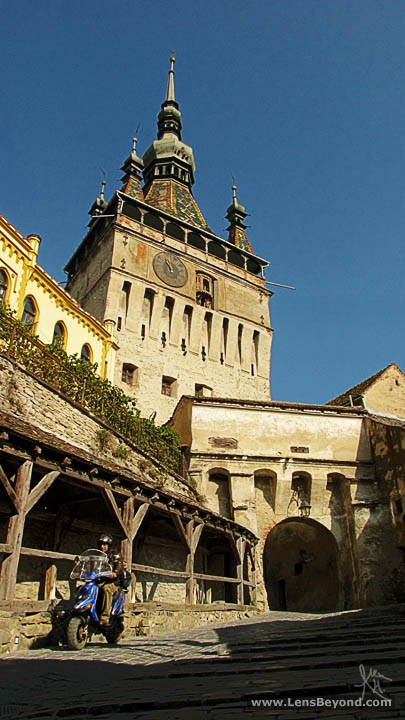
The Clock Tower was intended to be the main gate into the citadel and originally housed the town's council. The first part was built in the 14th century, with additions in the 16th, 17th (the clock), 17th again (roof rebuild after a fire) and 19th (the colourful tiles) centuries. It now houses the History Museum and offers decent views over the rest of the town. I'm not sure if there was a clock-making guild or if it has only been known as the Clock Tower since the clock was added...
The Ropemakers' Tower (Turnul Franghierilor)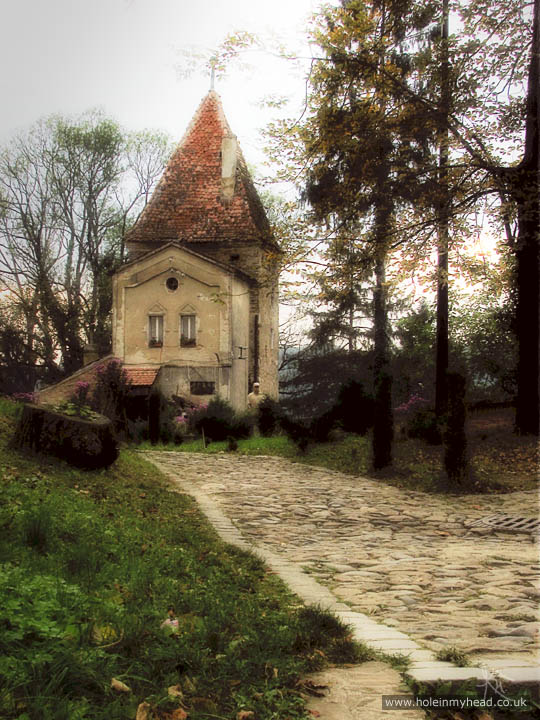 The Shoemakers' Tower (Turnul Cizmarilor)
The Shoemakers' Tower (Turnul Cizmarilor)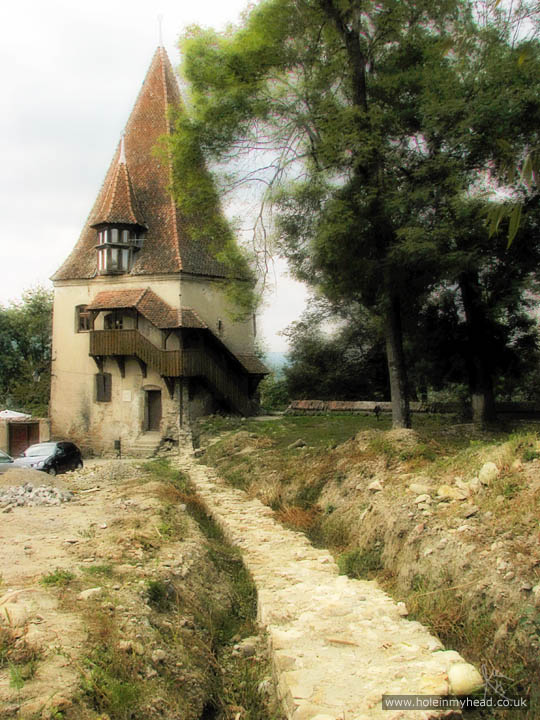 The Blacksmiths' Tower (Turnul Fierarilor)
The Blacksmiths' Tower (Turnul Fierarilor)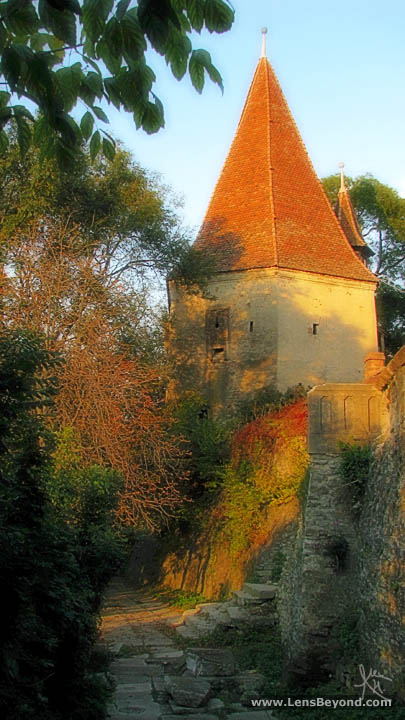
Other than the Clock Tower, the Blacksmiths' Tower was probably my favourite of Sighişoara's towers; I liked its fairytale-esque hidden and dilapidated state.
Sighişoara's Streets...and More Clock Tower
The House with the Stag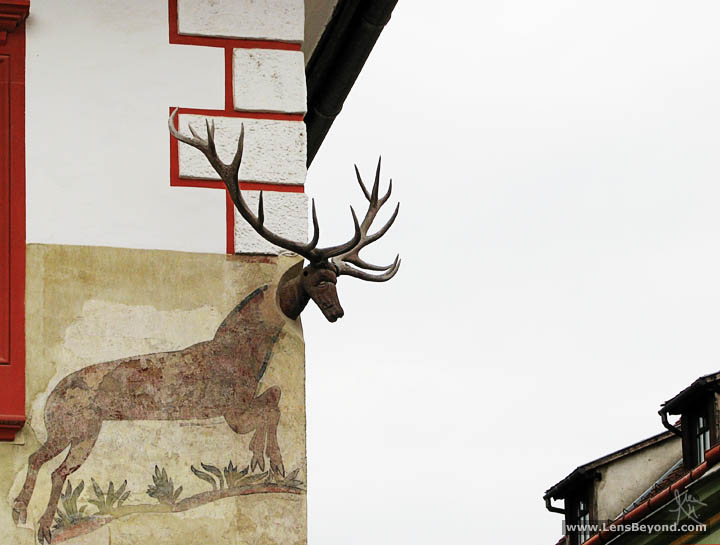 The Clock Tower from Piata Cetatii (Citadel Square)
The Clock Tower from Piata Cetatii (Citadel Square)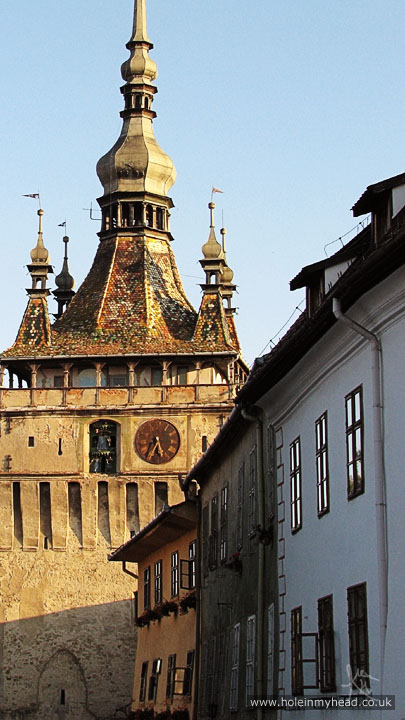
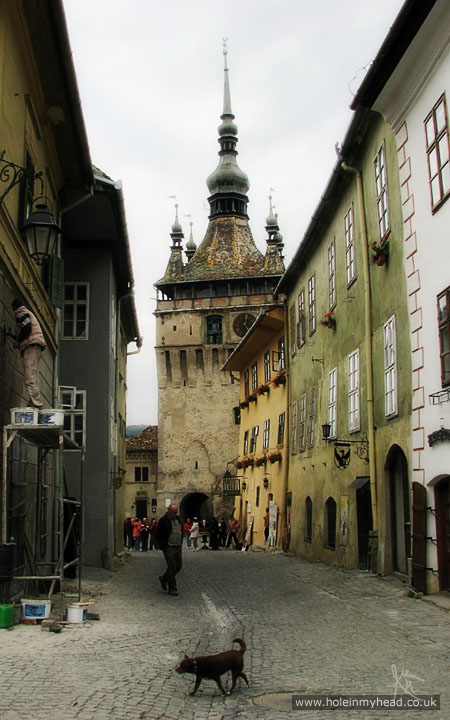 Entrance to the citadel, below The Clock Tower
Entrance to the citadel, below The Clock Tower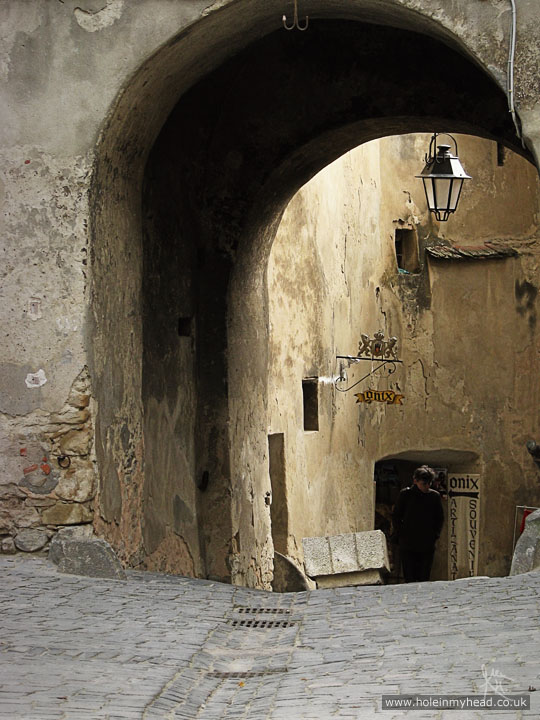 Stradela Cetatii (Citadel Street)
Stradela Cetatii (Citadel Street)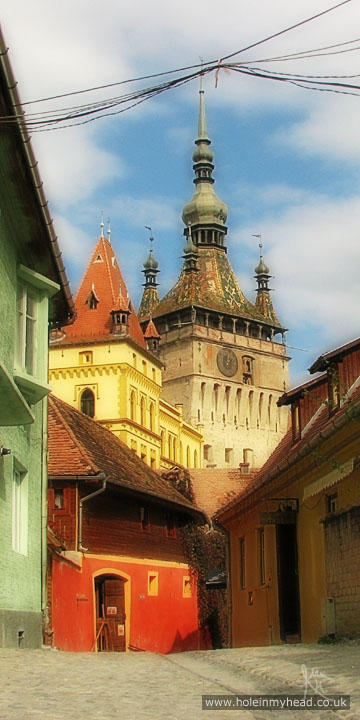 Monastery Street
Monastery Street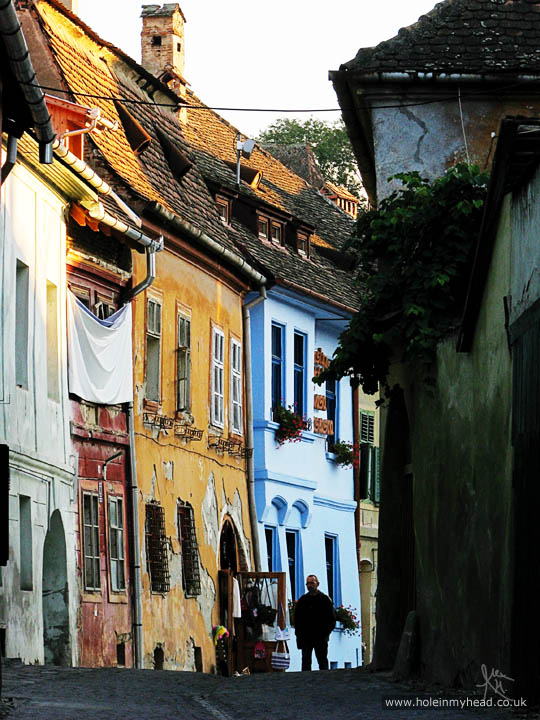 Monastery Street and Church on the Hill
Monastery Street and Church on the Hill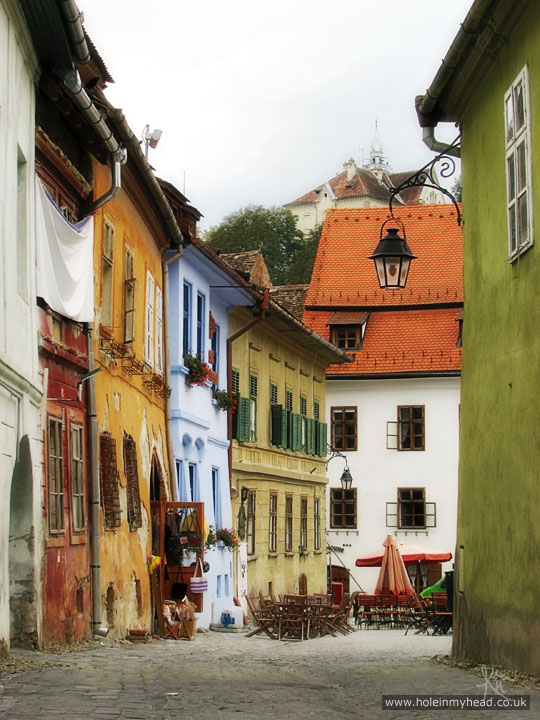 An old Talbot car
An old Talbot car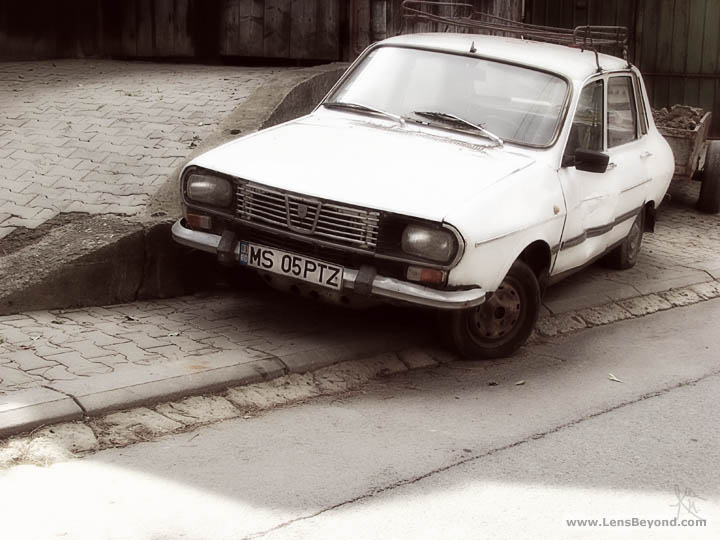 These people were doing slow exercises to loud pumping music
These people were doing slow exercises to loud pumping music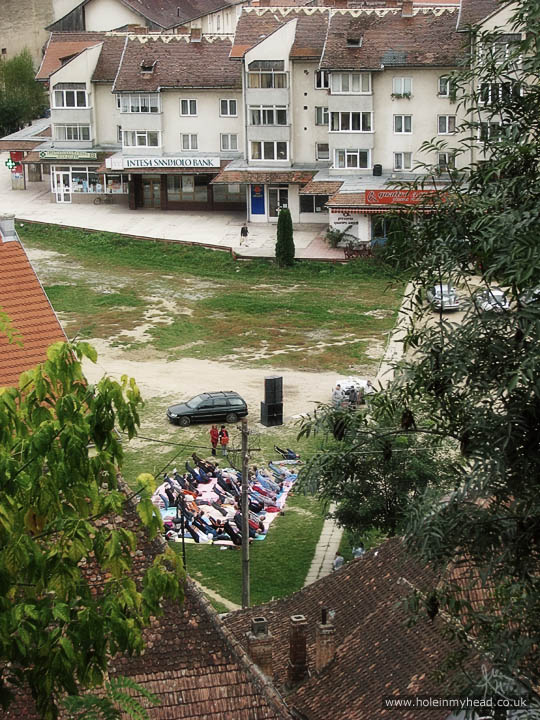 Alley from Piata Cetatii (Citadel Square)
Alley from Piata Cetatii (Citadel Square)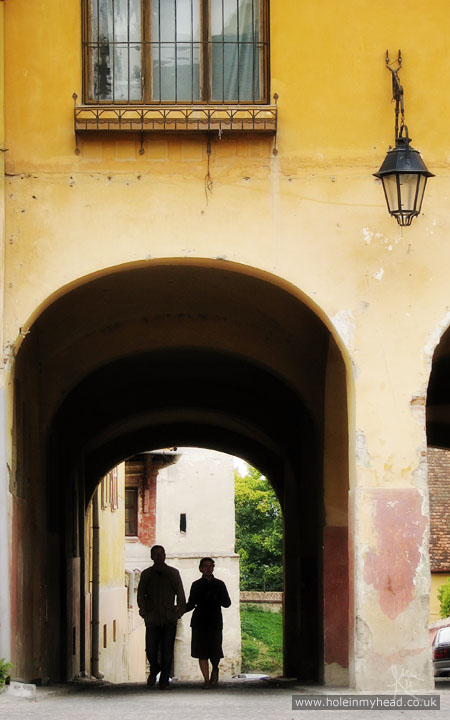
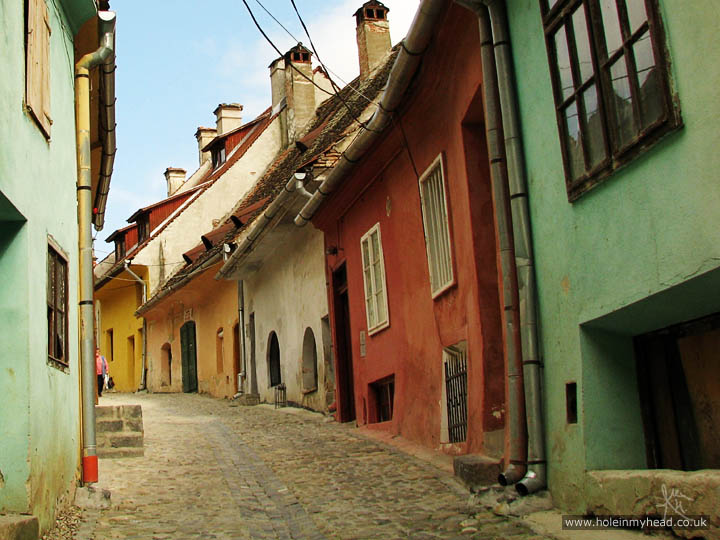
Church on the Hill
The Church on the Hill and its sprawling graveyard is accessed by a covered staircase built in 1652.
Church on the Hill and the old town, from a farm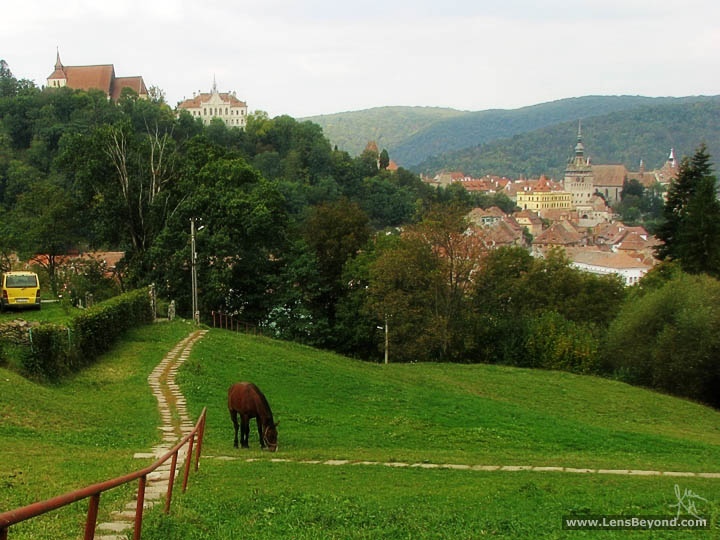 Graveyard behind the Church on the Hill
Graveyard behind the Church on the Hill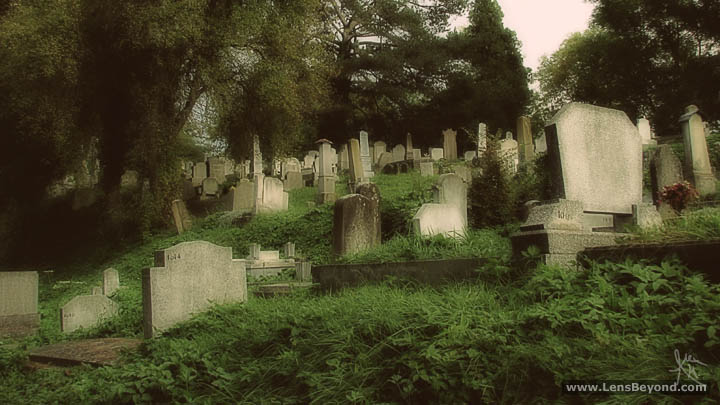 Headstone and flowers, Church on the Hill
Headstone and flowers, Church on the Hill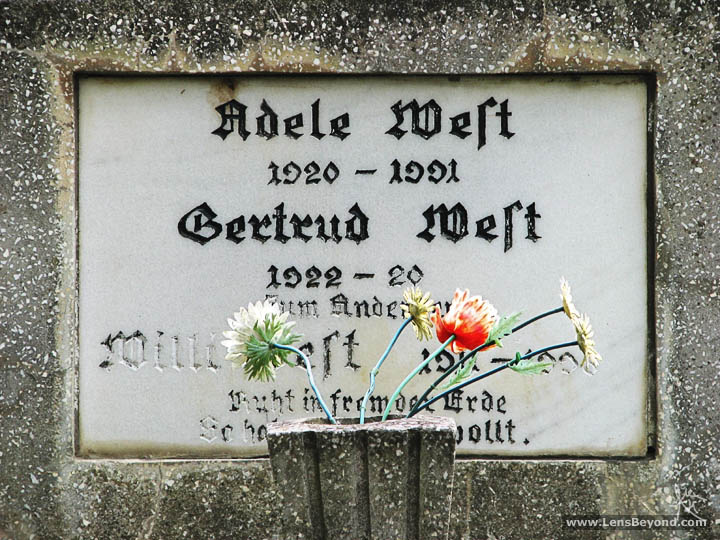
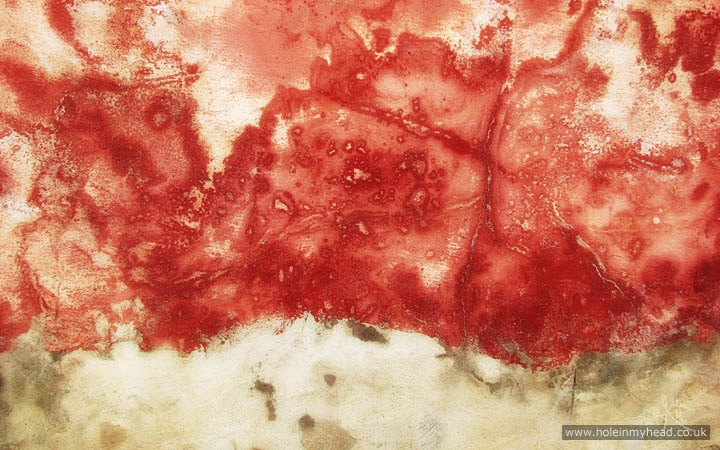
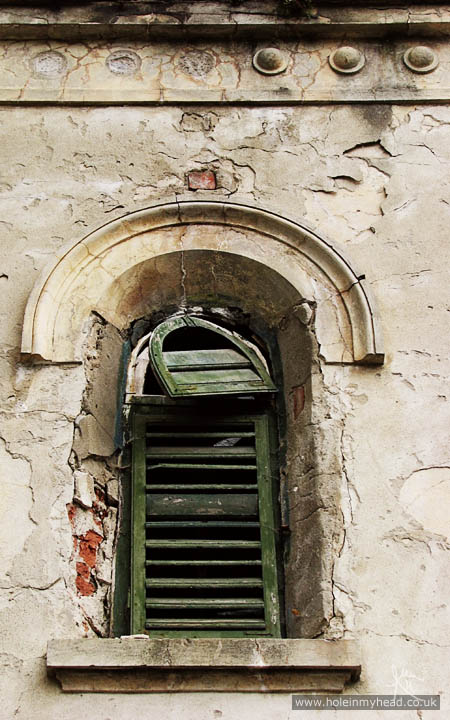
St. Treime's Orthodox Church
St. Treime's Church lies on the Tarnava Mare river, around a 5-minute walk from the citadel.
St. Treime's Orthodox Church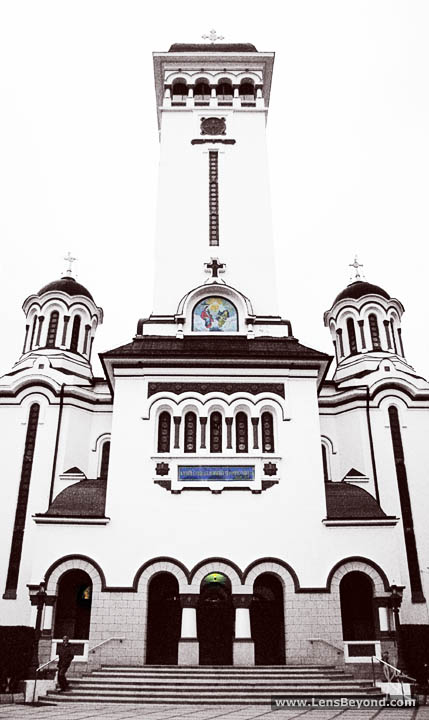
How to get to Sighişoara
(See-ghee-shwah-ra) There are direct train connections from many Romanian cities, including Bucharest and Sibiu.
Photos taken with the Canon Powershot S5 IS bridge camera.


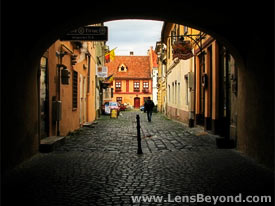


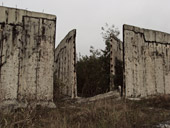


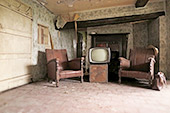
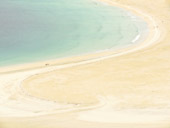
Comments